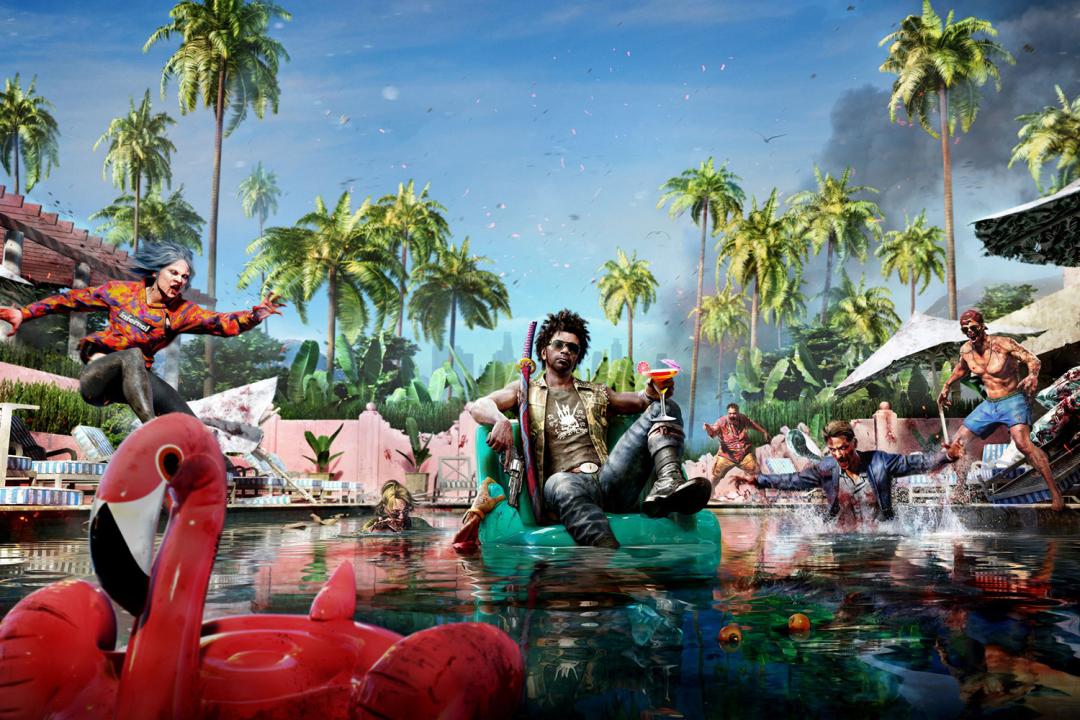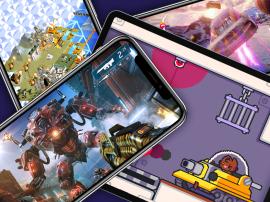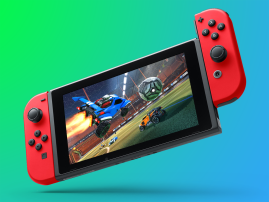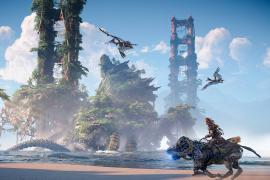Dead Island 2 review: fear and loathing in Hell-A
A sun-kissed setting can’t save this zombie slayer from being a hell of a slog

It’s been nine long years since Dead Island 2 was first announced. Any game that goes through that kind of protracted development has a lot to prove at launch, but it’s especially true of one whose predecessor wasn’t much cop. The original Dead Island was arguably more famous for its gorgeously produced CG teaser than the end product, although developer Techland since evolved its zombie slaying for the better with the Dying Light series.
After being bounced between different teams, UK developer Dambuster Studios (of Homefront: The Revolution fame/infamy) finally dragged it out of development hell. Is this undead bash-em-up still worth your time – or is it dead on arrival?
Drinking in Hell-A


OK, so Los Angeles (or rather Hell-A) isn’t not an actual island – but the sun-kissed setting nonetheless takes in Bel Air’s luxurious celebrity mansions and the sandy shores of Venice Beach. They certainly fit the premise of a paradise gone to hell during a sudden zombie outbreak.
This isn’t an open world, which helps distinguish it from the most fully realised version of fictional LA: Grand Theft Auto V’s Los Santos. It also removes the real-life nightmare of having to navigate the city’s roads. Each district is fairly large and detailed, but traversing them on foot isn’t as engaging as Dying Light’s parkour. Most follow a linear pattern of waypoints barred by missing circuit breakers or locked doors, which each stop seeing more zombies spawning in to slow you down.
Last summer’s re-reveal trailer might’ve shown one of the six playable characters effortlessly slaying zombies before lounging by the pool of a fancy mansion, but the reality isn’t an irreverent send-up of LA excess. You’re instead something of a dogsbody for the rich and famous, while also trying to find a way to escape. We did eventually warm to a few of our fellow survivors, and while your protagonist of choice has a knack of talking too much, there’s a diverse roster to pick from. How invested in their story you become hinges on how invested you get in playing as them.
Grindhouse


Every character has their own strengths, weaknesses and innate abilities, which you’re stuck with for the length of the campaign. Despite the XP system, these stats can’t be upgraded. We had picked Paralympic runner Amy, a decision we soon regretted as the game just doesn’t feel balanced in favour of agile characters. Her starting dodge feels less reliable for countering zombies than characters who can just block, which at least stuns enemies when timed right. While it’s possible to unlock the latter option for her later, that still means playing the first few missions at what feels like a disadvantage.
Instead of customising stats, Dead Island 2’s big idea is a deck-building system where equipping cards grants you different abilities and perks. In theory, your play style can be mixed up on the fly by hopping into the menu and swapping cards around at any time. Unfortunately, the core abilities still feel weirdly restrictive.
Why should we have to pick between dodging and blocking (which are tied to a single button) when most games would allow you to do both? Other skill choices are clearly more useful than others, including a flying kick so disappointing we immediately swapped it for the drop kick, which can at least knock zombies over.
What this system fails to do is alleviate a sluggish RPG grind. You even have to spend an extortionate amount of money just so your weapons match your current level. On the surface there’s riotous fun to be had in dismembering the undead, who take many forms as their clothing and physique give a hint to their former human lives. But the bodybuilder zombies you soon come to loathe as just one of many awfully spongey enemies, making the card skills granting incremental perks harder to stand out. It only gets worse with bosses, as well as an inconsistent checkpointing in regards to progress or resources lost when forced to replay a section.
Guts and gory


The game clearly wants to force you to engage with the undead rather than running away, although the XP gained is a pittance compared to completing missions and side quests. There is fun in brutally maiming zombies if you want to admire all the gory injury details, but they also feel inconsistent in impact from this first-person perspective. With the frequency of zombies who have their back turned to you when you’re exploring, it’s also bizarre there’s no option for stealth takedowns.
There’s more than just walking up to a zombie and bludgeoning them. Environmental effects can also set them on fire or shock them with electricity, and there are plenty of opportunities lying around for mayhem – be it a gas tank leak or a sprinkler system coupled with a car battery. Sometimes we’re unsure how certain chain reactions have more explosive effect than others, though.
Triggering these doesn’t gel well with the melee combat, since it’s all too easy to get caught by the flames or an electrocution trap you set up yourself. And that’s before we mention your melee weapons can also break after too much use, which then you have to shell out to repair.
In the end, you’d be forgiven for opting for long-range guns once they become available partway through the campaign. The gunplay isn’t on the same level of a typical first-person shooter, yet they have a dull efficiency that means you’re most likely to fall back on them.
Slay together


Although you can’t change your character once you’ve picked them, the campaign at least isn’t super long, so you might be enticed to play again with another character save file. You can always join another player for online co-op, even if it doesn’t make sense narratively since cutscenes will still take place as if the other player isn’t there.
Having an extra player or two means someone to revive you if you’re downed, but it also seems to increase the already annoying sponginess of enemies. It’s also just distracting as our partner was animating at half the frame rate when locked into a finisher move, while being grabbed by an quicktime event-triggering enemy looks unintentionally hilarious as an observer.
Many other buggy moments encountered throughout our playthrough were both funny and frustrating, from a character in a cutscene with their model stuck halfway through the floor while their weapon was suspended in midair, or our inability to move quickly because we were suddenly locked into a guarding position.
Dead Island 2 verdict




Dead Island 2’s Hell-A feels set up as a post-apocalyptic playground for causing all kinds of carnage with the undead populace, albeit one we feel would have been better suited to a Dead Rising-style overpowered zombie-slaying fantasy. But despite the gory graphics, ability customisation, and environmental mechanics, none of it ever quite manages to salvage the woeful first-person melee combat and relentlessly spongey enemies.
We suppose it should be considered a miracle that Dead Island 2 managed to release alive and kicking after almost a decade. But given how the zombie survival genre has evolved in that time, there are simply better options out there to spend your time on instead.
Stuff Says…
Interesting setting and ideas undermined by frustrating combat and enemies that makes for a tiring zombie apocalypse to play through
Good Stuff
Often looks beautiful and gory
Interesting character variety
Lots of weapon and ability customisation
Bad Stuff
Abilities and stats feel unbalanced for certain play styles
Spongey enemies undermine combat options
Tedious XP and resource grind and mission structure
Inconsistent checkpointing and annoying bugs



